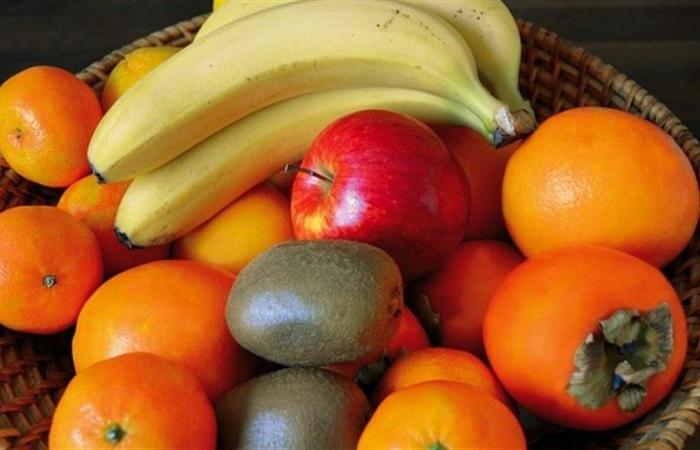The State Department of Agriculture, Livestock and Supply (SEAPA), together with its affiliates Emater-MG, Epamig and IMA, monitored the prices of the main products sold in CeasaMinas, located in Contagem. The main objective is to evaluate the food supply throughout the state of Minas Gerais, especially amid concerns related to the new Coronavirus pandemic. The analysis of prices charged when selling these products allows for a more precise identification of supply and demand, as well as possible impacts on supply. The methodology used compares the average prices practiced in the Ceasa-MG Grande BH unit during the last fortnight (18/03/2024 to 29/03/2024).
During monitoring, the prices of the 10 most sold fruits in CeasaMinas in terms of sales volume were collected and analyzed, including pineapple, banana, green coconut, orange, lemon, apple, mango, papaya, watermelon and grape.
The price of large pearl pineapple increased twice during the period, registering increases of 7.1% and 6.7%, respectively. This led to the price rising from R$70.00 to R$80.00 per dozen. On average, there was an increase of 10.7% in one week, going from R$70.00 to R$77.50 per dozen. The average value of bananas remained unchanged throughout the analyzed period, remaining stable at R$8.00 per kilo.
The price of green coconuts increased by 6.7% during the period, rising from R$4.50 per unit to R$4.80 per unit. The average weekly increase was the same, going from R$4.50 to R$4.80 per unit. Meanwhile, the price of special pear oranges remained constant throughout the period, selling at R$4.00 per kilo.
Thai lemon recorded two drops, one of 10.0% and the other of 18.2%, resulting in a price change from R$2.50 to R$3.25 per kilo. The average weekly increase was 20%, going from R$2.50 to R$3.00 per kilo. The price of Gala apples started at R$7.77 per kilo, rose to R$8.05 per kilo, and then returned to the initial price of R$7.77 per kilo. The average weekly variation was a drop of -1.2%, from R$7.86 to R$7.77 per kilo.
For Formosa papaya, there was an increase of 7.2% in the first week, going from R$3.88 to R$4.16 per kilo. In the second week, the price remained stable at R$3.88 per kilo. The weekly average drop was 2.3%, going from R$3.97 to R$3.88 per kilo.
Tommy mangoes fell 9.2% in the period, falling from R$6.11 to R$5.55 per kilo. The weekly average drop was 3.3%, from R$5.74 to R$5.55 per kilo. The price of large watermelon remained stable throughout the period, selling for R$2.70 per kilo.
Finally, the price of Italian grapes started at R$13.75 per kilo, rose to R$14.37 per kilo, fell to R$12.50 per kilo and then returned to R$13.75 per kilo. The average weekly variation was an increase of 7.3%, from R$14.16 to R$13.13 per kilo.
Among the fruits evaluated, three showed an increase in sales values: large pearl pineapple, green coconut and Thai lemon. The reasons behind these variations vary depending on each fruit. Pineapple production, for example, is concentrated in certain regions, where intense rains may have made harvesting and transportation difficult, influencing prices. The increase in demand for green coconut, due to the heat and seasonality of the fruit, may have contributed to the increase in prices. In the case of Thai lemon, the prolonged drought in some regions of Minas Gerais in the previous year may have affected production, temporarily impacting supply and prices.






